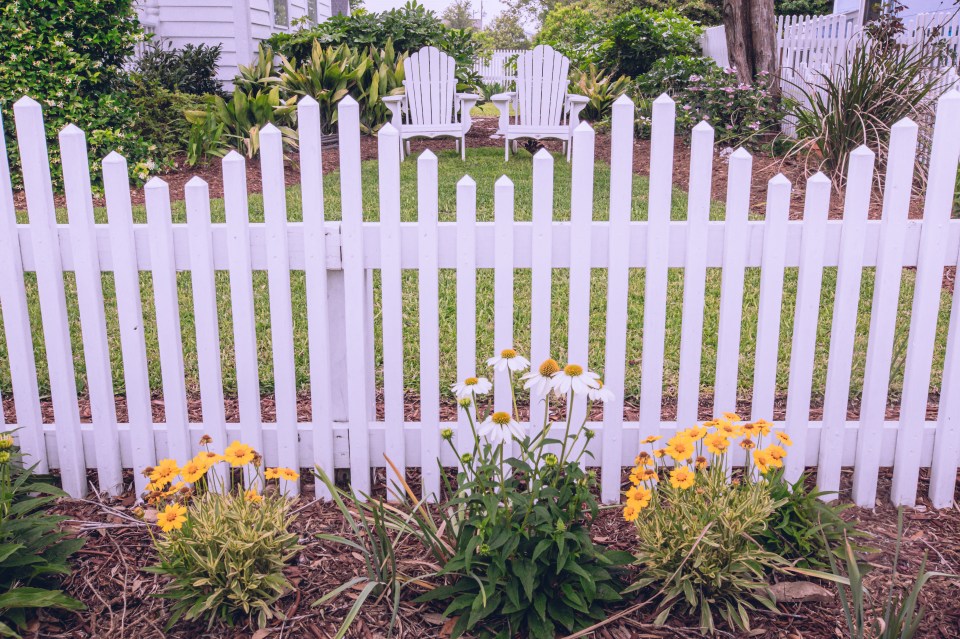Understanding Your Responsibilities for Shared Fences

Anyone who has had a disagreement over their garden fence will certainly relate to the frustration that can arise from shared boundaries. Fence lines are often a source of tension between neighbors; however, this doesn’t always have to escalate into a conflict. One of the simplest ways to clarify your responsibilities regarding a fence is by examining your property’s title plan or Land Registry documents.
To assist you in this matter, property expert Jonathan Rolande from House Buy Fast, along with Greg Richardson from Toolstation, has provided a straightforward guide to help you determine where your obligations lie concerning your fence.
One effective method to identify your responsibilities is to check your property’s title plan or Land Registry documents. These documents can be conveniently downloaded online for a nominal fee of £3 from gov.uk if you are in England and Wales, or from scotlid.ros.gov.uk if you are in Scotland.
Once you have accessed your documents, look for an essential ‘T’ mark located on the inside of the boundary line. This mark indicates who is responsible for the upkeep of that section of the fence or wall. A ‘T’ positioned on your side of the boundary signifies that it is your responsibility to maintain the fence. Conversely, if you see two ‘T’s forming an ‘H’ symbol, it indicates that both neighbors share responsibility for that boundary. If there are no clear markings or agreements, it’s advisable to initiate a friendly conversation with your neighbor.
Once both parties come to an agreement regarding who will maintain the fence, creating a boundary agreement is a prudent step. It is also wise to have this agreement officially recorded with the Land Registry to prevent any potential disputes in the future, especially if one of the neighbors decides to move.
After confirming ownership, it’s crucial to understand the practical implications of that ownership, particularly concerning any changes you may wish to make. For instance, even if a fence borders your garden, you cannot make alterations without your neighbor’s permission if the fence is not legally yours. This means you cannot:
- Raise the height of the fence
- Replace any panels
- Fix any gaps in the structure
- Paint or stain the fence
- Hang decorations, lights, or planters on it
Any structural or visual changes must be agreed upon in advance; otherwise, you may find yourself in a dispute regarding damage or boundary rights.
What You Cannot Do to a Fence That Isn’t Yours:

- Raise the height
- Replace panels
- Fix any gaps
- Paint or stain it
- Hang items such as lights or planters
It’s important to note that your neighbor is not legally obligated to maintain or replace a fence. There is no law requiring a boundary to have a fence; rather, it is simply a matter of common practice. If your neighbor refuses to undertake repairs, your best option might be to install your own fence just inside your boundary line, alongside theirs.
If you are a tenant, your landlord is generally responsible for repairing fences that have been damaged by storms, high winds, or other natural occurrences.
In summary, while shared fences can lead to misunderstandings and disputes, understanding your rights and responsibilities can help maintain a harmonious relationship with your neighbors.